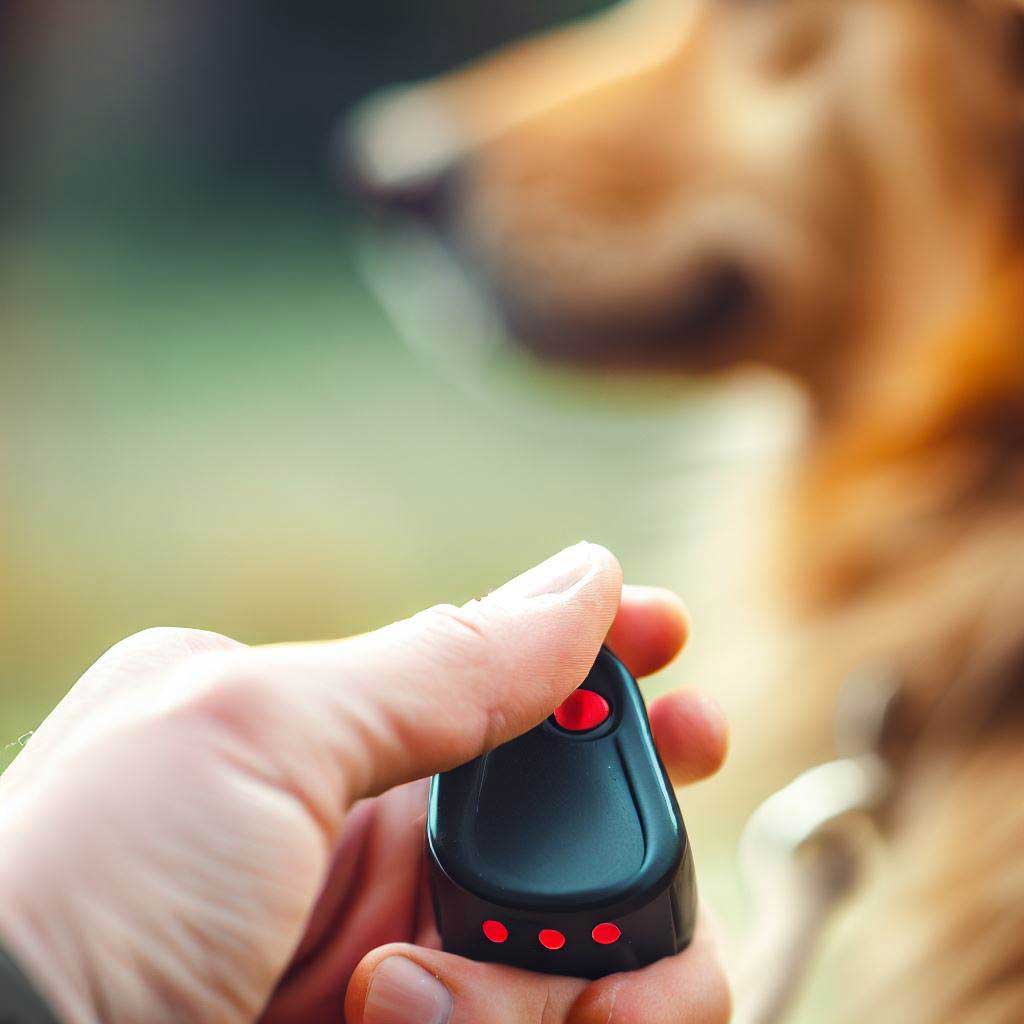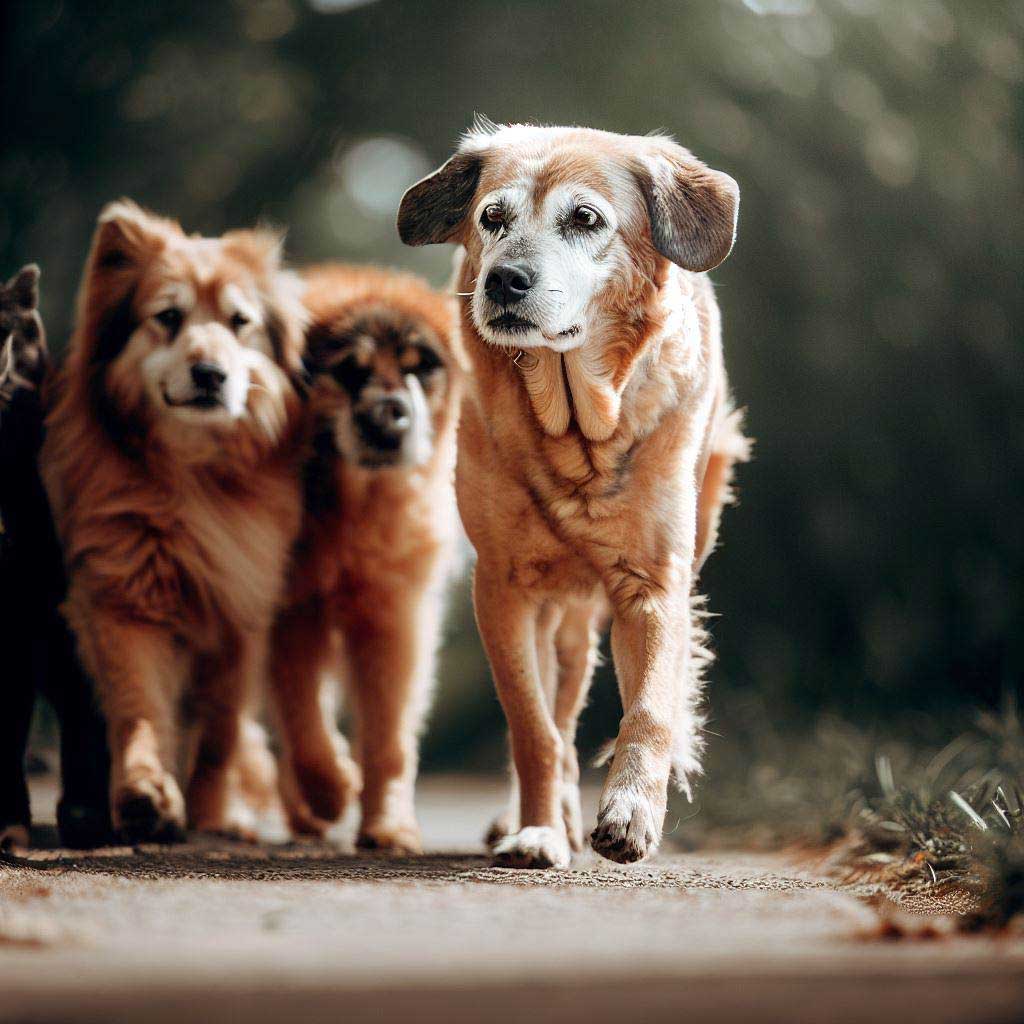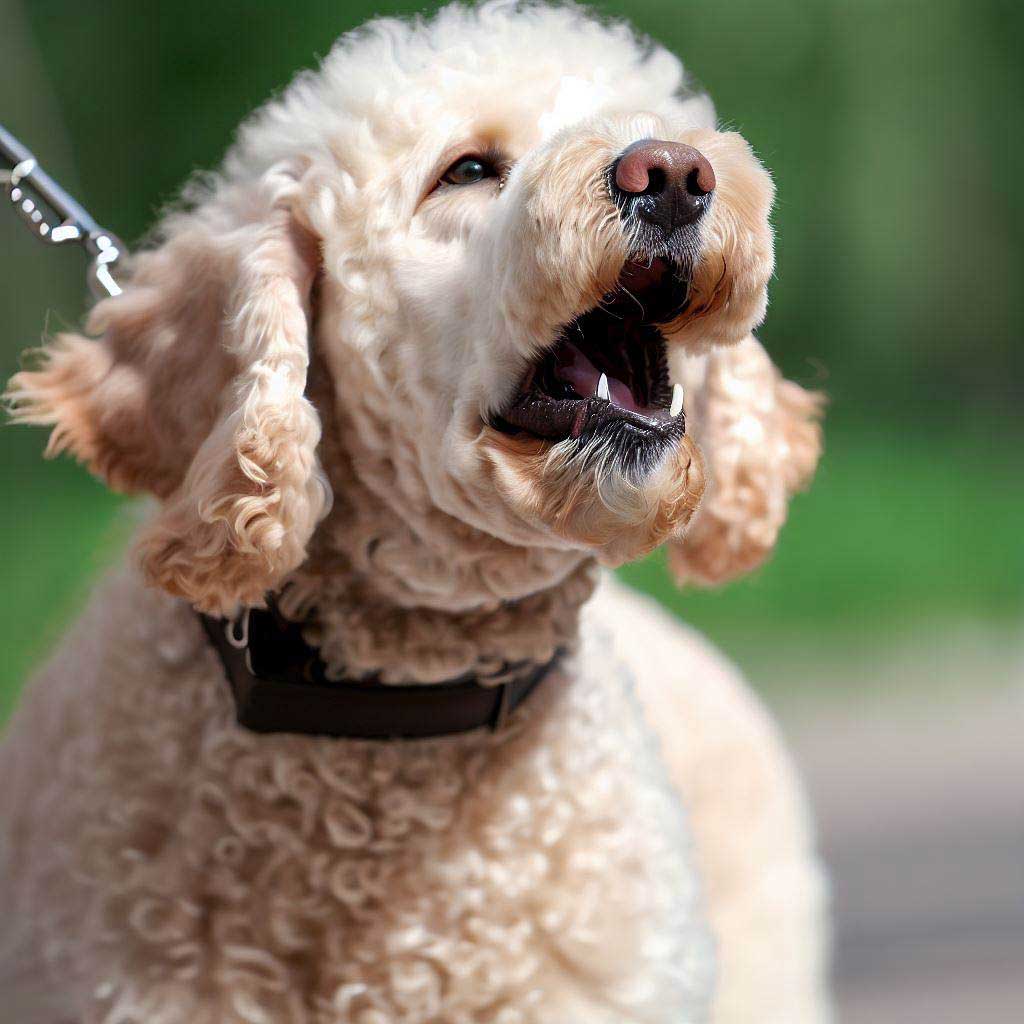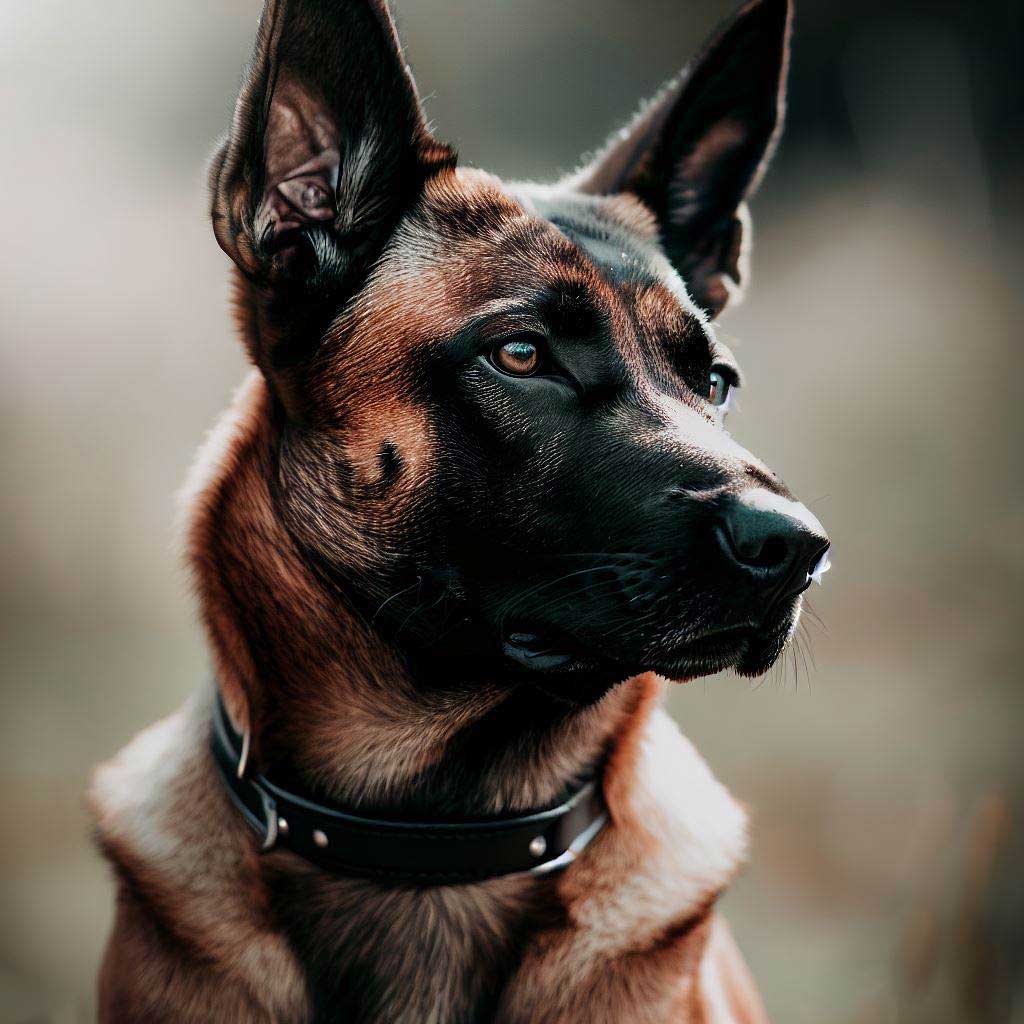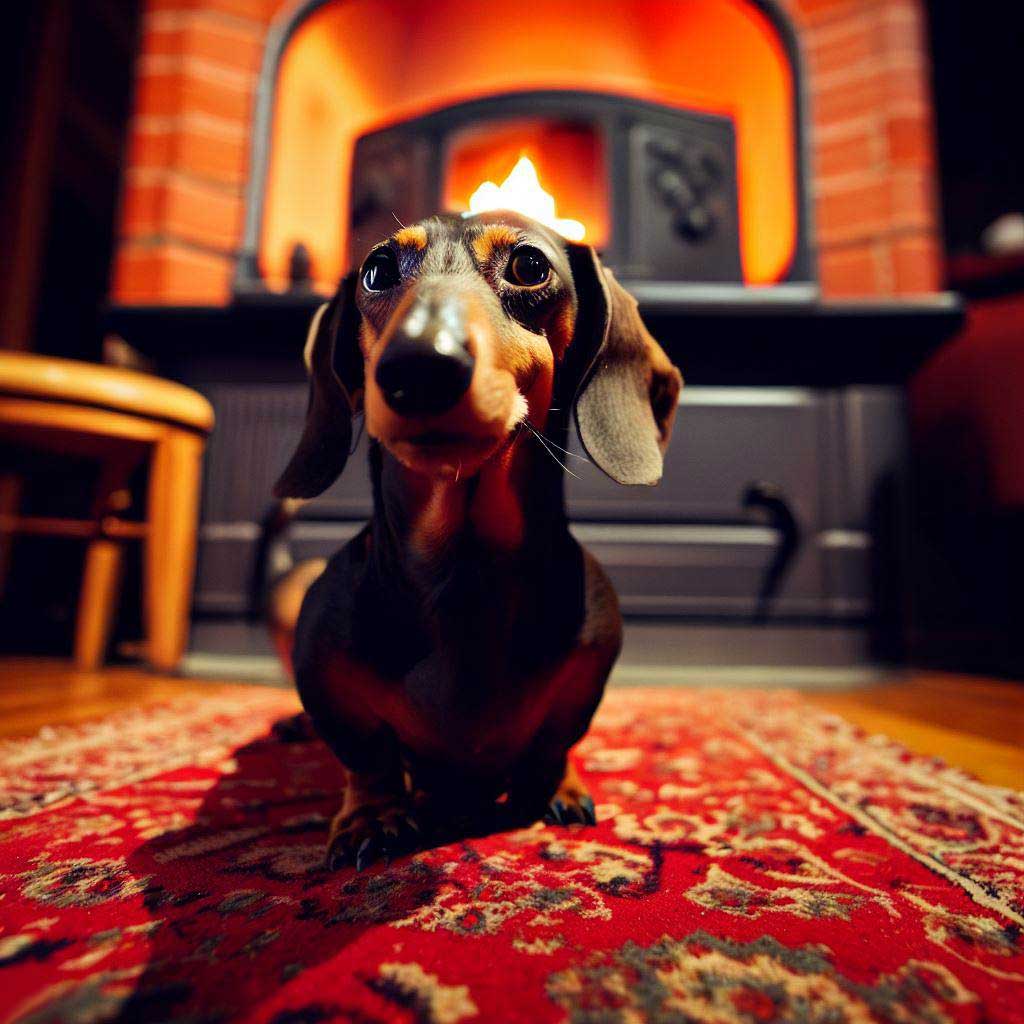Table of Contents
ToggleClicker Training a Dog 101: Teaching Your Dog New Tricks
How to use a clicker to train a dog, sounds simple right? And are you tired of traditional dog training methods that rely on punishment and force? Look no further! Clicker training is an effective and humane way to teach your furry friend new tricks and behaviors through positive reinforcement.
Using a clicker, a small handheld device that makes a clicking sound, you can communicate with your dog and make training sessions more engaging and fun. This unique method creates a strong bond between you and your canine companion, helping them learn more quickly and effectively.
In this comprehensive guide, we’ll walk you through the basics of clicker training, from understanding the science behind it to implementing it in your training routine. We’ll cover everything from teaching simple commands to complex tricks, ensuring that you and your dog have a blast throughout the learning process.
So, put away the old training methods and embrace the power of positive reinforcement with clicker training. Get ready to unlock your dog’s potential and take your training sessions to new heights!
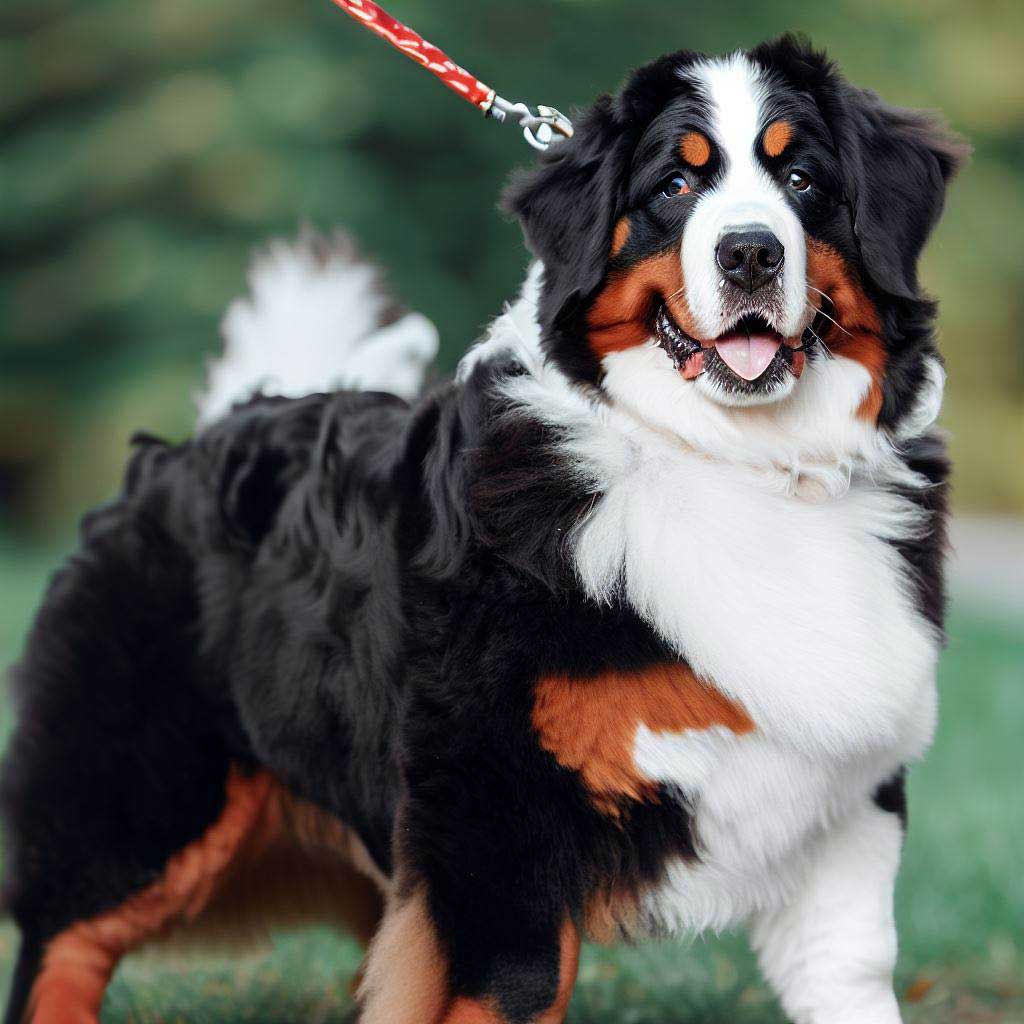
What is clicker training?
Clicker training is a form of positive reinforcement training that uses a distinct sound, typically made by a handheld clicker, to mark desired behaviors. The basic concept behind clicker training is that the sound of the clicker serves as an instant “yes” or “good job” signal to your dog, indicating that they have performed the desired behavior correctly. This allows for precise timing and clear communication during training sessions.
The clicker sound is paired with a reward, usually in the form of treats or praise, to reinforce the behavior. By associating the clicker sound with positive outcomes, your dog learns to repeat the behavior in order to receive the reward. This method focuses on rewarding the behavior you want to see more of, rather than punishing unwanted behaviors, creating a positive learning experience for your dog.
Clicker training is based on the principles of operant conditioning, a type of learning where behaviors are strengthened or weakened based on the consequences they produce. With consistent clicker training, your dog can learn a wide range of commands and tricks, building a strong foundation for obedience and good behavior.
The benefits of clicker training for dogs
Clicker training offers several benefits for dogs and their owners. Here are some of the key advantages of using this training method:
1. Clear communication: The clicker provides a clear and precise way to communicate with your dog. Unlike verbal cues, which can vary in tone and delivery, the clicker sound is consistent and easy for your dog to understand.
2. Faster learning: Clicker training allows for precise timing, which helps your dog understand exactly which behavior is being rewarded. This leads to faster learning and more efficient training sessions.
3. Positive reinforcement: Clicker training focuses on rewarding desired behaviors rather than punishing unwanted ones. This positive approach creates a positive association with training and encourages your dog to actively participate and engage in the learning process.
4. Bond building: Clicker training involves a lot of interaction and positive reinforcement between you and your dog. This creates a strong bond and enhances the relationship between you and your furry friend.
5. Versatility: Clicker training can be used to teach a wide range of behaviors, from basic commands like sit and stay to more complex tricks and tasks. The versatility of clicker training makes it a valuable tool for dog owners of all levels of experience.
By embracing clicker training, you can provide your dog with a positive and enjoyable learning experience while achieving your training goals.
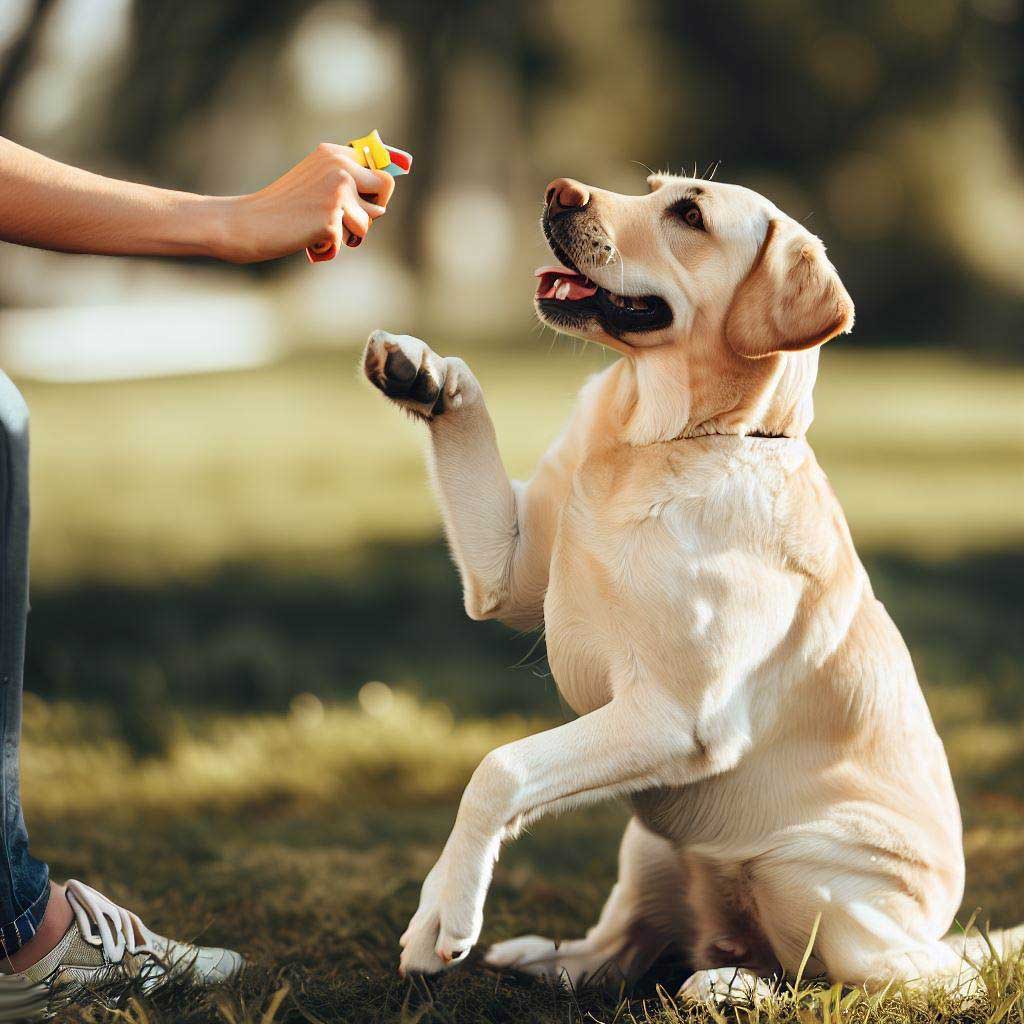
How clicker training works
Clicker training works by associating the sound of the clicker with positive reinforcement. Here’s a step-by-step breakdown of how clicker training works:
1. Charge the clicker: Before you start using the clicker in training sessions, you need to “charge” it by creating an association between the clicker sound and rewards. To do this, simply click the device and immediately follow it with a treat. Repeat this process several times until your dog starts to anticipate the treat whenever they hear the click.
2. Choose a target behavior: Decide on the specific behavior you want to teach your dog. It could be something simple like sitting or more complex like rolling over. Start with one behavior at a time to avoid confusion.
3. Capture the behavior: Wait for your dog to naturally perform the desired behavior. As soon as they do, click the clicker and immediately offer a reward. This helps your dog understand that the behavior is desirable.
4. Add a cue: Once your dog starts to associate the clicker sound with the behavior, you can add a verbal cue like “sit” or “down.” Use the cue just before your dog performs the behavior, followed by the click and reward.
5. Shape the behavior: If your dog doesn’t naturally perform the desired behavior, you can shape it by breaking it down into smaller steps. Click and reward each time your dog gets closer to the final behavior until they achieve the complete behavior.
Remember to keep training sessions short and positive. Gradually increase the difficulty of the behaviors as your dog becomes more proficient. With practice and consistency, your dog will become a clicker training pro in no time!
Getting started with clicker training
Now that you understand the basics of clicker training, it’s time to get started! Here are some steps to help you begin your clicker training journey:
1. Gather your supplies: To get started with clicker training, you’ll need a clicker, treats, and a quiet training area free from distractions. Choose a clicker that is comfortable to hold and has a distinct sound.
2. Set training goals: Determine what behaviors you want to teach your dog. Start with simple commands like sit, stay, and come, and gradually progress to more advanced tricks and behaviors.
3. Break it down: Break down each behavior into smaller steps to make it easier for your dog to understand and learn. For example, if you’re teaching your dog to roll over, you can start by rewarding them for lying down, then for turning their head, and so on, until they perform the complete roll-over.
4. Be patient: Remember that learning takes time and practice. Be patient with your dog and celebrate their successes along the way. If your dog is struggling with a particular behavior, go back to an easier step and gradually build up again.
5. Stay consistent: Consistency is key in clicker training. Use the clicker and reward consistently to reinforce the desired behaviors. Make sure everyone in your household is on the same page and follows the same training techniques.
Clicker training is a dynamic and interactive way to train your dog, and it can be a fun and rewarding experience for both of you. So grab your clicker and treats, and let the training begin!
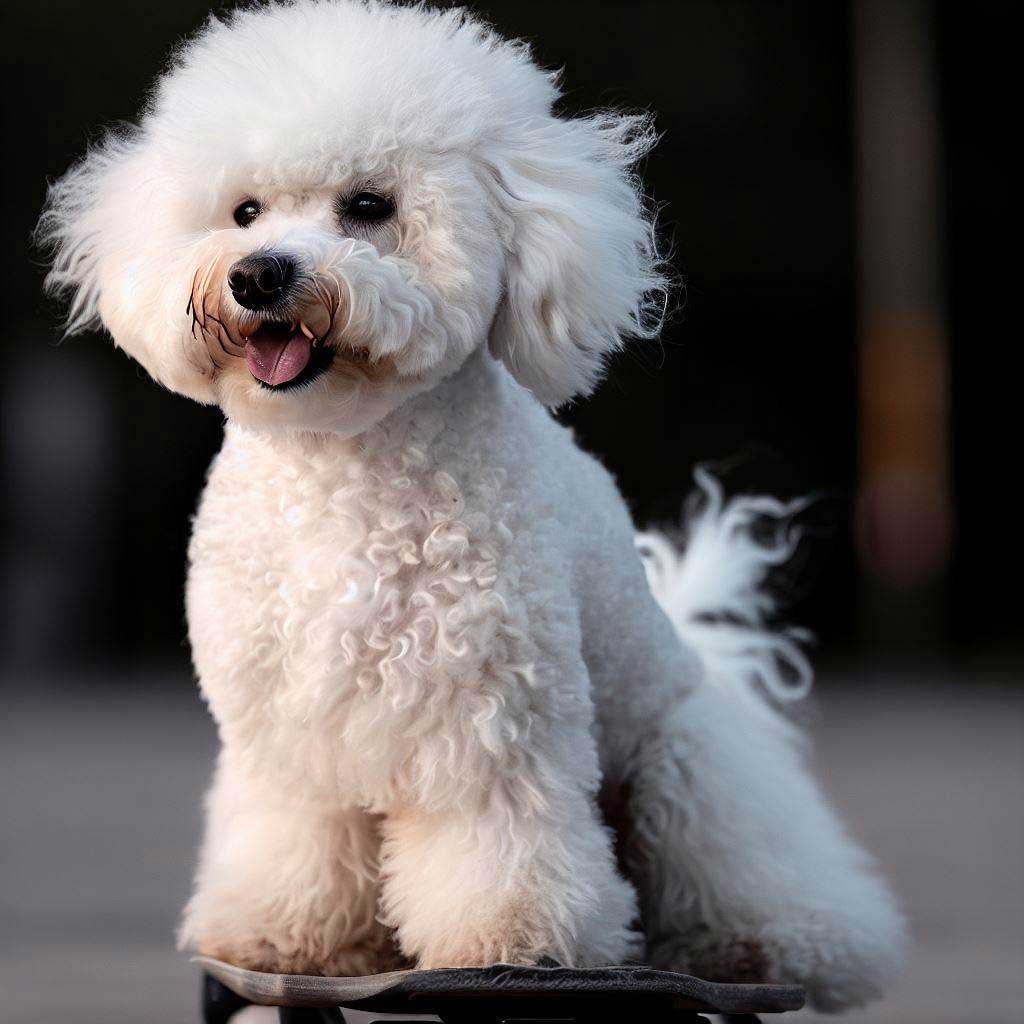
Choosing the right clicker and treats
When it comes to clicker training, choosing the right clicker and treats is essential for success. Here are some factors to consider when selecting your clicker and treats:
1. Clicker types: Clickers come in different shapes and styles, so choose one that feels comfortable in your hand and produces a distinct sound. Some clickers have adjustable volume settings, which can be helpful in different training environments.
2. Treat preferences: Dogs have different preferences when it comes to treats, so choose ones that your dog finds highly motivating. Use small, soft treats that are easy for your dog to eat quickly during training sessions.
3. Healthy options: Opt for treats that are healthy and low in calories. You’ll be using a lot of treats during training, so it’s important to choose options that won’t lead to weight gain or health issues. Look for treats made with natural ingredients and avoid those with artificial additives or fillers.
4. Variety: Dogs can get bored with the same treats, so mix it up and offer a variety of treats during training sessions. This keeps your dog engaged and motivated to work for different rewards.
Remember, the clicker and treats are tools to reinforce desired behaviors, so choose ones that are effective and enjoyable for your dog.
Basic clicker training exercises
Now that you have your clicker and treats ready, it’s time to start with some basic clicker training exercises. These exercises will help you establish a strong foundation for further training. Here are a few simple commands you can start with:
Sit
Hold a treat above your dog’s nose and slowly move it back over their head. As their head follows the treat, their bottom should naturally lower into a sitting position. As soon as their bottom touches the ground, click the clicker and offer the treat.
Stay
With your dog in a sitting position, hold your hand out with your palm facing them and say “stay.” Take a step back, and if your dog stays in place, click the clicker and reward them. Gradually increase the duration of the stay before clicking and rewarding.
Come
In a safe and enclosed area, call your dog’s name followed by the cue “come.” As your dog approaches you, click the clicker and reward them. Repeat this exercise in different environments and gradually increase the distance between you and your dog.
Leave it
Place a treat in your closed hand and offer it to your dog. When they sniff or paw at your hand, say “leave it” and wait for them to back away. As soon as they do, click the clicker and offer a different treat from your other hand.
Practice these exercises in short training sessions throughout the day, and remember to keep each session fun and positive. As your dog becomes more proficient, you can gradually introduce more advanced commands and tricks.
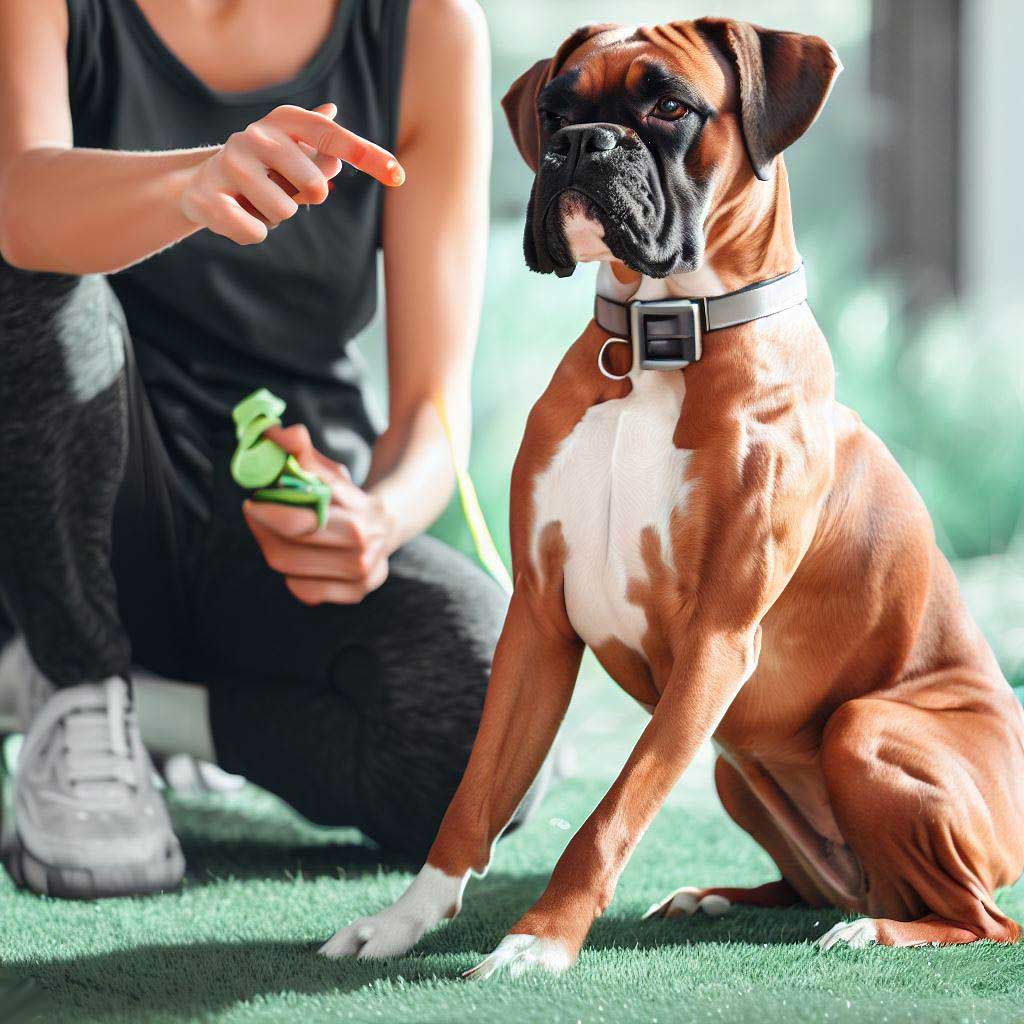
Advanced Clicker Training Techniques: Elevate Your Dog’s Skills
Training your canine companion using basic clicker techniques is undoubtedly rewarding. But as they master the fundamentals, it’s time to introduce advanced techniques that challenge and enrich their learning experience. Advanced clicker training techniques can enhance your dog’s cognitive abilities, agility, and even allow them to perform tasks that assist you in daily life.
The Power of Shaping Techniques
- Incremental Learning: Shaping involves rewarding behaviors that approximate the final desired behavior. For instance, if you’re aiming to train your dog to fetch your slippers, start by rewarding them for looking at the slippers, then moving towards them, touching them, and eventually bringing them to you. Each step is reinforced with the clicker and treat, guiding the dog closer to the complete behavior.
- Successive Approximations: This involves fine-tuning a behavior. For example, if you’ve trained your dog to bark on command, you can now shape the volume or number of barks.
Chain Behaviors Together
- Creating Sequences: Once your dog masters individual commands, start chaining them. For instance, ‘sit’, ‘lie down’, and ‘roll over’ can be combined for a fun sequence. The click and treat are given after the final behavior in the chain.
- Back-chaining: This is a unique method where you teach the last behavior in a chain first. For a sequence like ‘fetch’, ‘come here’, and ‘drop it’, you’d train ‘drop it’ first. This ensures the dog always finishes the chain excitedly, knowing the treat comes after the final behavior.
Add Distractions for Real-world Proofing
- Start Simple: Begin with mild distractions, like a bouncing ball or a toy, while asking your dog to perform a known command. Gradually increase the intensity of distractions as they succeed.
- Proofing Locations: Train in different environments – from quiet rooms to bustling parks. This ensures your dog listens to your commands no matter where you are.
Distance, Duration, and Distraction: The 3Ds of Advanced Training
- Distance: Begin asking for behaviors when you’re farther away from your dog. This can be crucial for safety commands like ‘stay’ or ‘come’.
- Duration: Challenge your dog by extending the time they must hold a command. Can they ‘stay’ even if you’re out of sight?
- Distraction: As mentioned, distractions are integral for real-world reliability. Always reward heavily when your dog succeeds amidst distractions.
Introducing Props and Agility Training
- Use of Targets: Train your dog to touch a target with their nose or paw. This can be a stepping stone to advanced tricks or to guide them in agility training.
- Agility Drills: Set up mini agility courses at home with hurdles, tunnels, or weave poles. Click and reward each successful maneuver. Not only does this mentally stimulate your dog, but it also keeps them physically fit.
The Never-ending Journey of Learning
Advanced clicker training isn’t just about cool tricks; it’s a testament to the deep bond and mutual understanding between you and your dog. It’s an ongoing journey, one where both of you learn, evolve, and grow. Keep the sessions fun, be patient, and remember to celebrate every little achievement. Your dog’s eagerness to learn and the joy of accomplishment will make every moment worth it!
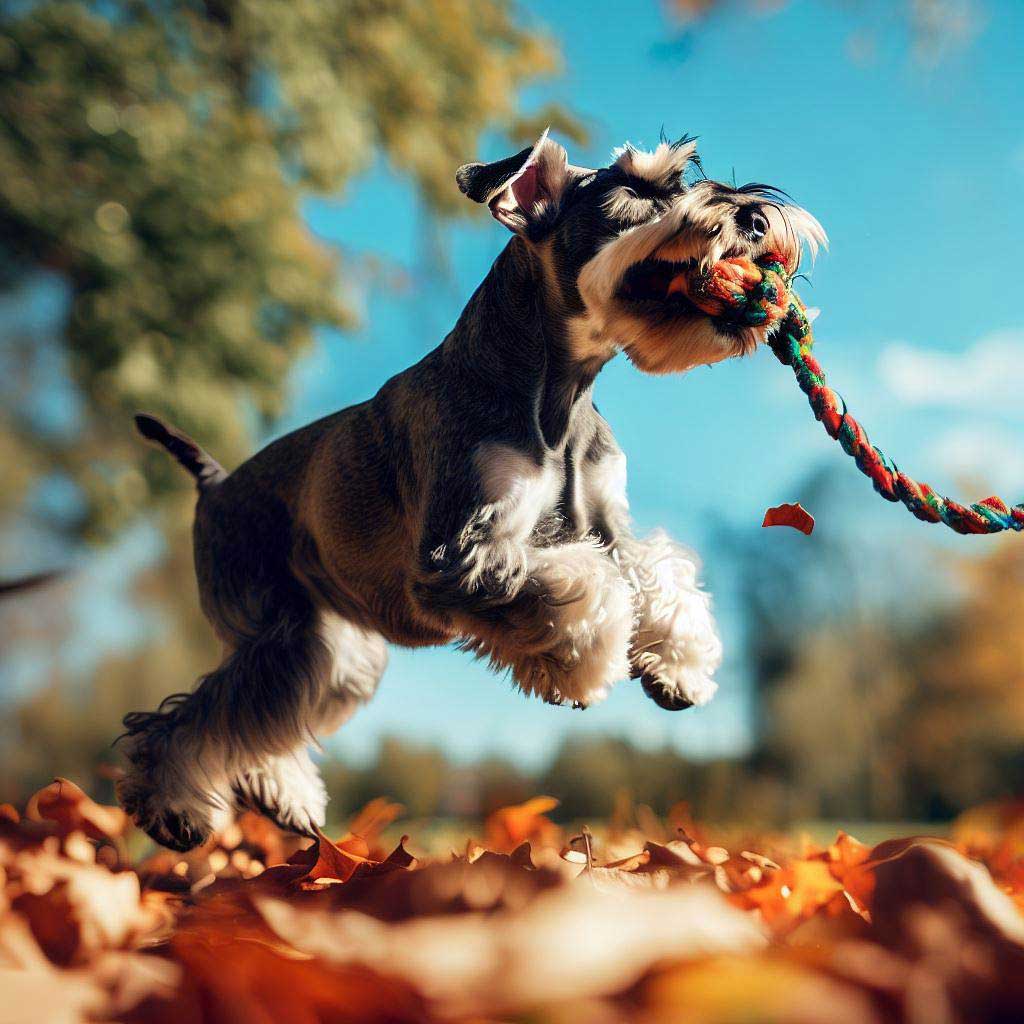
Troubleshooting Common Clicker Training Challenges
Every dog is unique, and while clicker training is a proven method for most, you may occasionally face hurdles in the training process. Understanding and addressing these challenges ensures a smoother, more enjoyable learning journey for both you and your canine companion.
1. Inconsistent Click Timing
- Challenge: The click’s timing can greatly affect the effectiveness of training. If not synchronized with the desired behavior, your dog might get confused about what’s being rewarded.
- Solution: Practice your timing. Watch for the exact moment your dog does the desired behavior and immediately click. Remember, the clicker is a marker for the precise action you want to reinforce.
2. Overuse of the Clicker
- Challenge: Clicking too often without a specific behavior to reinforce can dilute the tool’s effectiveness, making it just another random sound to your dog.
- Solution: Use the clicker judiciously. Only click when your dog performs a specific, desired action. Consistency is key.
3. Inadequate Rewards
- Challenge: If the treats or rewards following the click aren’t motivating enough, the dog may lose interest.
- Solution: Opt for high-value treats and vary them to keep your dog’s interest. Ensure the reward immediately follows the click to maintain a strong association.
4. Training Sessions Too Long or Too Short
- Challenge: Long sessions can lead to fatigue and reduced attention, while extremely short sessions might not provide enough practice.
- Solution: Keep sessions short but engaging, ideally between 5-10 minutes. It’s better to have multiple short sessions throughout the day than one prolonged one.
5. Distractions Derailing Training
- Challenge: Training in a high-distraction environment before your dog is ready can result in reduced focus.
- Solution: Start in a quiet environment and gradually introduce distractions as your dog progresses. This will “proof” their training against real-world interruptions.
Patience and Adaptability
Training challenges are a natural part of the learning process. Stay observant, patient, and willing to adapt based on your dog’s needs. With persistence and understanding, you’ll both overcome these hiccups and enjoy a successful clicker training journey!
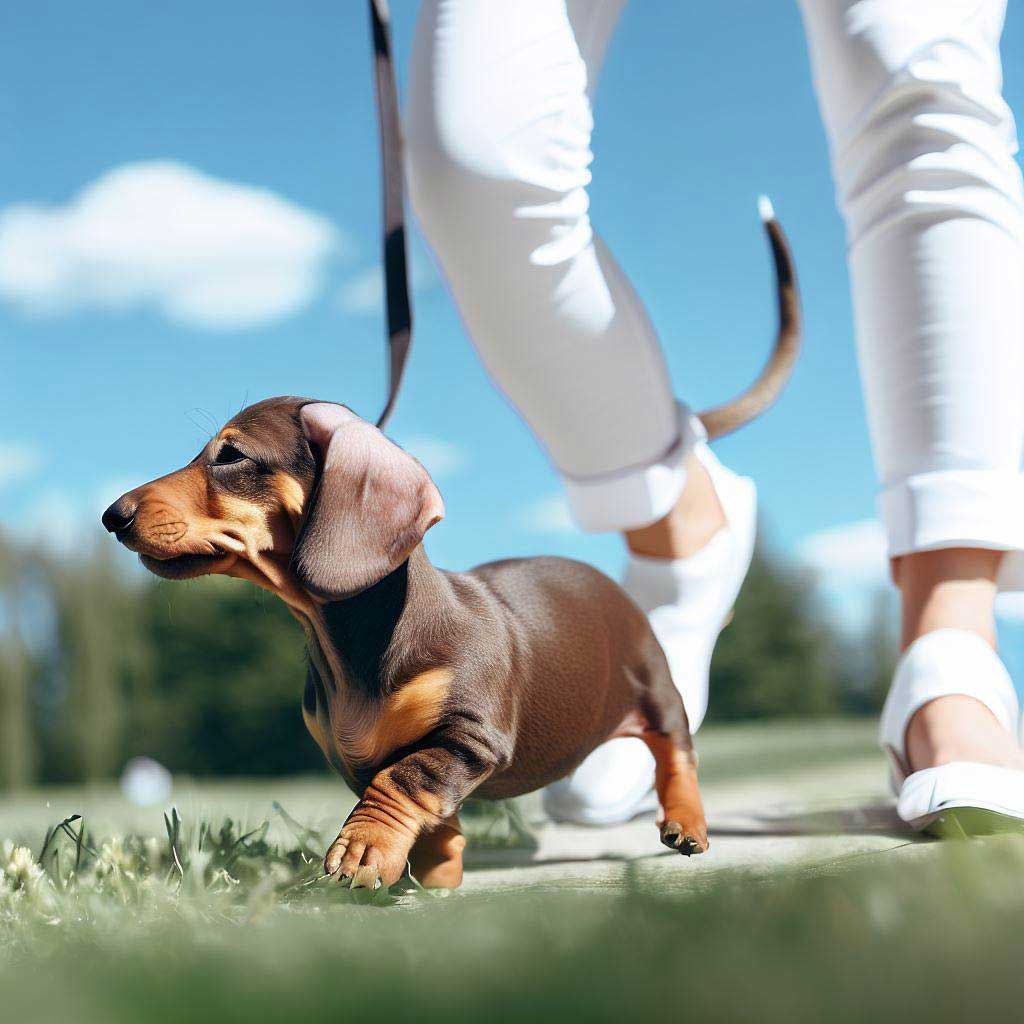
Clicker Training for Behavior Modification
Beyond basic commands and tricks, clicker training can be a transformative tool for behavior modification. Whether you’re addressing unwanted habits or instilling new, positive behaviors, this method can facilitate a deeper understanding between you and your furry companion.
Understanding the Behavior’s Root Cause
- Challenge: It’s often not enough to merely correct a behavior; understanding its root cause is pivotal for lasting change.
- Solution: Observe your dog in different settings. Are they barking excessively due to anxiety, territorial instincts, or a lack of stimulation? Identifying the “why” helps tailor your clicker training approach.
Replacing Negative with Positive
- Technique: Instead of simply discouraging an unwanted behavior, train an incompatible positive behavior. For example, if your dog jumps on guests, teach them to “sit” or “lie down” when someone enters.
- Benefit: By focusing on a positive behavior, you redirect their energy and provide them with a rewarding action to perform in place of the undesired one.
Gradual Desensitization
- Technique: For dogs reacting negatively to specific stimuli (e.g., the sound of vacuum cleaners or thunder), use the clicker to associate the stimulus with positive outcomes.
- Benefit: By gradually introducing the stimulus at a low intensity and pairing it with clicks and treats, you can desensitize your dog, helping them remain calm in what was once a stress-inducing situation.
Consistency is Key
- Importance: Behavior modification isn’t a one-off event. It requires consistency, ensuring your dog understands which behaviors are rewarding and which are not.
- Tip: Engage all family members in the process, ensuring everyone reinforces the same behaviors with the clicker method.
Building a Stronger Bond
Using clicker training for behavior modification not only addresses specific challenges but also strengthens the bond between pet and owner. Through understanding, patience, and positive reinforcement, you can guide your dog towards behaviors that ensure their well-being and happiness in various environments.

Conclusion: The Power of Positive Reinforcement in Dog Training
The Shift from Traditional to Positive Methods
- Old Ways: Traditional dog training methods often relied on punishment and force, leading to stress, fear, and an uncertain bond between dog and handler.
- The New Approach: Embracing positive reinforcement, particularly through methods like clicker training, transforms the learning environment into one of trust, encouragement, and mutual respect.
Benefits Beyond Obedience
- Strengthened Bond: As highlighted in our comprehensive guide, positive reinforcement fosters a deep connection between you and your furry friend. This bond is founded on understanding and collaboration, not fear.
- Mental Stimulation: Teaching commands or addressing behaviors with positive techniques isn’t just about obedience; it’s about giving your dog a mental workout. They learn to associate actions with rewards, making them more keen to engage and learn.
A Tailored Approach for Every Dog
- Individualized Learning: Dogs, like people, are individuals. What works for one might not work for another. The beauty of positive reinforcement is its adaptability. Whether you’re introducing basic commands, complex tricks, or addressing behavior modifications, the method can be tailored to suit each dog’s unique personality and needs.
Lasting Results and Happier Lives
- Long-term Benefits: Clicker training and other positive reinforcement methods have shown to produce lasting behavioral changes. By focusing on rewarding the behavior you want to see, your dog is more likely to repeat it willingly, even in your absence.
- A Joyful Journey: Let’s not forget the fun! Both owner and dog find joy in the training process, turning what was once a chore into a shared adventure.
There is Always Help at Hand
Imagine clicker training your dog as like building a bridge. Each brick is laid with patience, repetition, love, and a pinch of fun. Whether it’s an inquisitive puppy or a wise old dog that you’re trying to clicker train, every age has its challenges and joys in this construction.
On days when building seems tough, and you’re unsure which brick goes where, there are blueprints online to guide you. Online dog training courses are these blueprints, and “Best Online Dog Training Courses: Any Dog Will Love” is the architect’s recommendation. Detailing 15 robust courses and shining a spotlight on the top three, it promises to help you craft a sturdy, lasting bridge.
Embracing the Future of Dog Training
In the realm of canine training, positive reinforcement stands out as an effective, humane, and joyful method. It’s more than just a technique—it’s a philosophy that champions understanding, patience, and celebration of our dogs’ achievements. Through the power of the positive, we unlock a world of potential, ensuring our pets lead enriched, confident, and happy lives alongside us.
FAQ: How to Use a Clicker to Train a Dog
Is a clicker good for dog training?
Yes, a clicker is an excellent tool for dog training. It provides a consistent and precise way to mark desired behaviors, allowing for effective communication and faster learning through positive reinforcement.
How long does it take to train a dog with a clicker?
The duration depends on the specific behavior being taught and the dog’s individual learning pace. For basic commands, a dog might grasp the concept within a few sessions. However, more complex behaviors can take several weeks of consistent training.
What age should you start clicker training?
You can start clicker training as early as puppyhood, usually around 8 weeks old. Young dogs often have shorter attention spans, but early training establishes a foundation for lifelong learning and behavior.
How do you start a dog clicker?
Begin by “charging” the clicker, which means creating an association between the clicker sound and a reward. Click the device and immediately follow it with a treat. Repeat this process until the dog anticipates the treat after hearing the click.
What are the negatives of clicker training?
One potential negative is that the dog might become overly dependent on the clicker sound and treats, potentially diminishing responsiveness in their absence. It also requires consistent application and precise timing to be effective.
What are the downsides of clicker training?
Aside from potential dependency, another downside is that it might confuse the dog if used inconsistently. It’s also possible for trainers to accidentally reinforce unwanted behaviors if the clicker is used incorrectly.
Can you use a clicker to stop bad behavior?
Clickers are primarily used to reinforce positive behaviors. To address bad behavior, it’s better to teach and reinforce an alternative positive behavior using the clicker, effectively redirecting the dog’s actions.
What’s better clicker or whistle?
Both have their advantages. Clickers are great for precise marking of behaviors during close-range training, while whistles can be more effective for distance commands, especially in noisy environments.
Is clicker or treat training better?
They’re not mutually exclusive. In fact, clicker training often incorporates treats as rewards. The clicker marks the desired behavior, and the treat serves as the positive reinforcement.
What is the first step in clicker training?
The first step is “charging” the clicker, establishing an association between the clicker sound and a positive reward, usually a treat.
Why is clicker training so successful?
Clicker training’s success stems from its clear communication, immediate feedback, and positive reinforcement principles, making learning engaging and enjoyable for the dog.
What order should I do clicker training?
Start with basic commands or behaviors, then gradually introduce more complex tasks. It’s essential to ensure the dog has mastered one command before moving on to the next.
Why are clickers so feared?
Clickers themselves aren’t feared. However, if introduced with negative experiences or used improperly, any training tool can become a negative stimulus for a dog.
Should you use a clicker or not?
Using a clicker is a personal choice based on your training approach and goals. Many find it an effective and positive method, but it’s essential to be consistent and knowledgeable for it to be effective.
Are clickers good for recall?
Yes, clickers can be highly effective for recall training. By reinforcing the act of coming back to you with a click and treat, dogs can quickly learn to associate the recall command with positive outcomes.
A great article for active dogs is my last post on Agility Training for Dogs: Expert Insights. From basics to mastery, harness your dog’s energy and elevate your pups agility journey. Grab a coffee or tea and have a look “Agility Training for Dogs: Expert Insights“
Another good read is “Reducing Excessive Barking: Strategies to Quiet the Chaos‘ which explains hints and tips that you can do to stop your pooch bark like crazy.
And finally, have you read my article on Alpha dogs? Explore revealing top insights and myths debunked, offering the blueprint to effective dog leadership. If you have a dominant puppy, it’ll be worth the read “How Do I Show My Dog I am the Alpha?“
